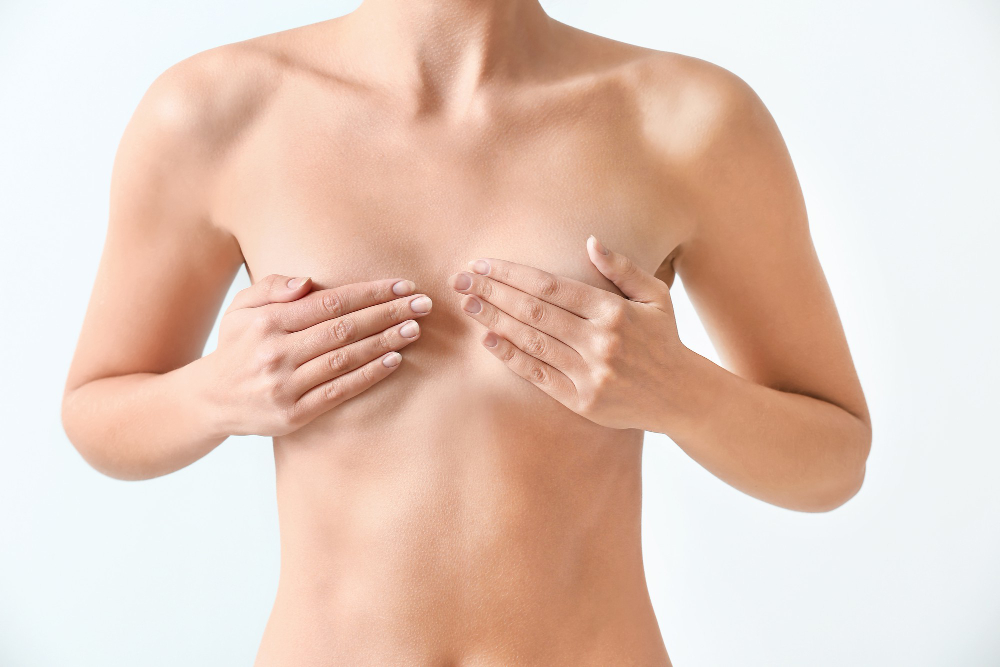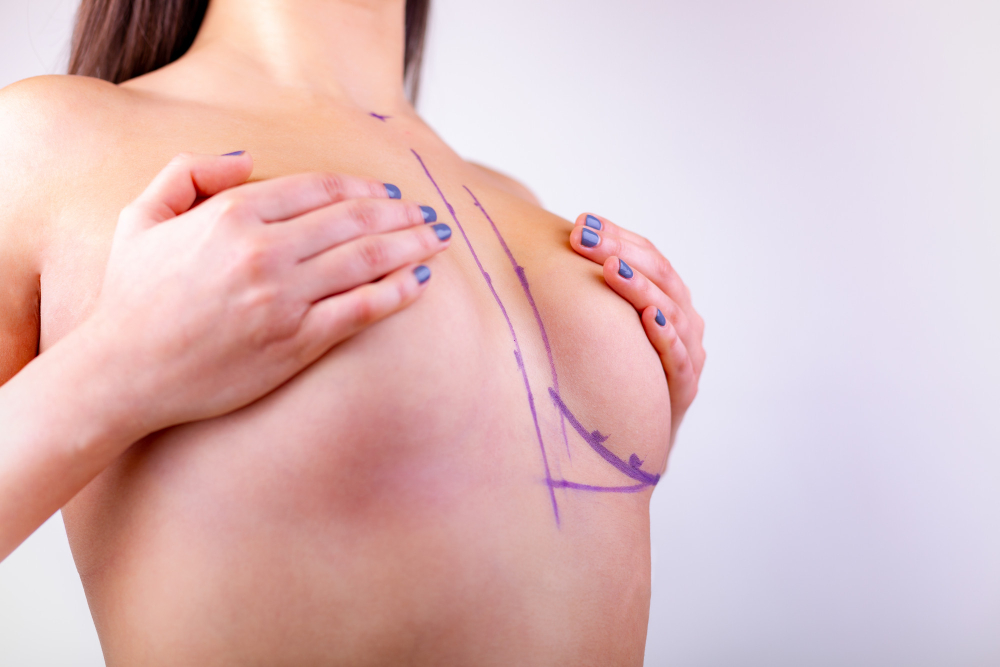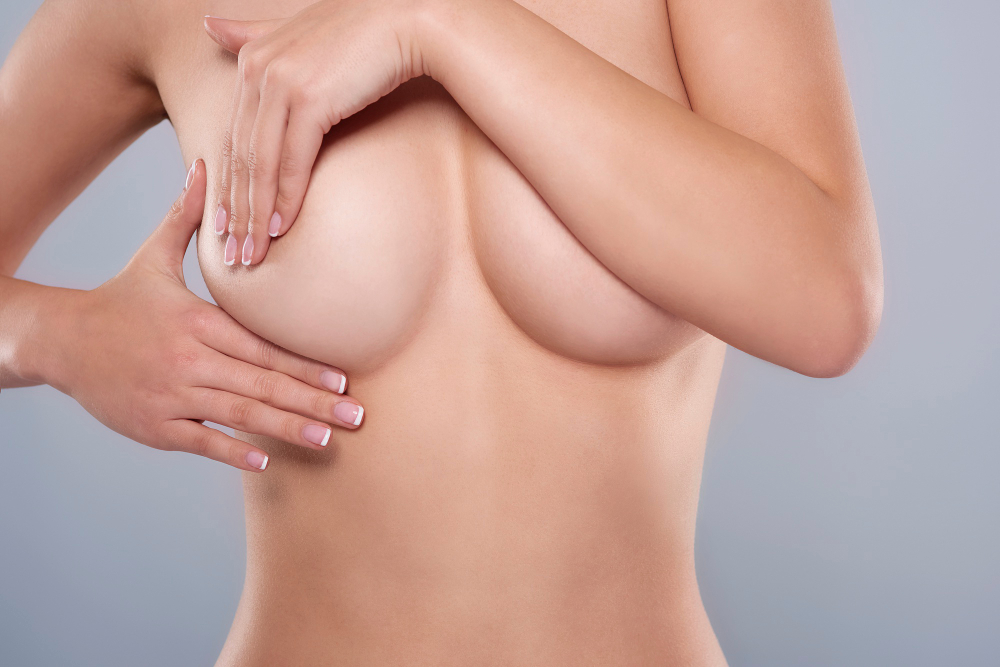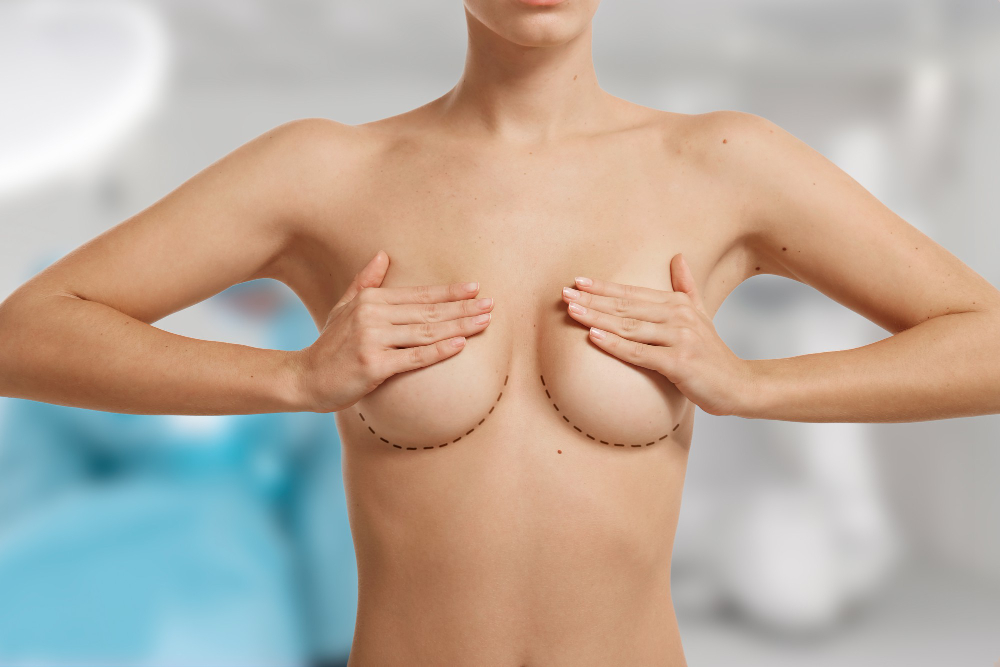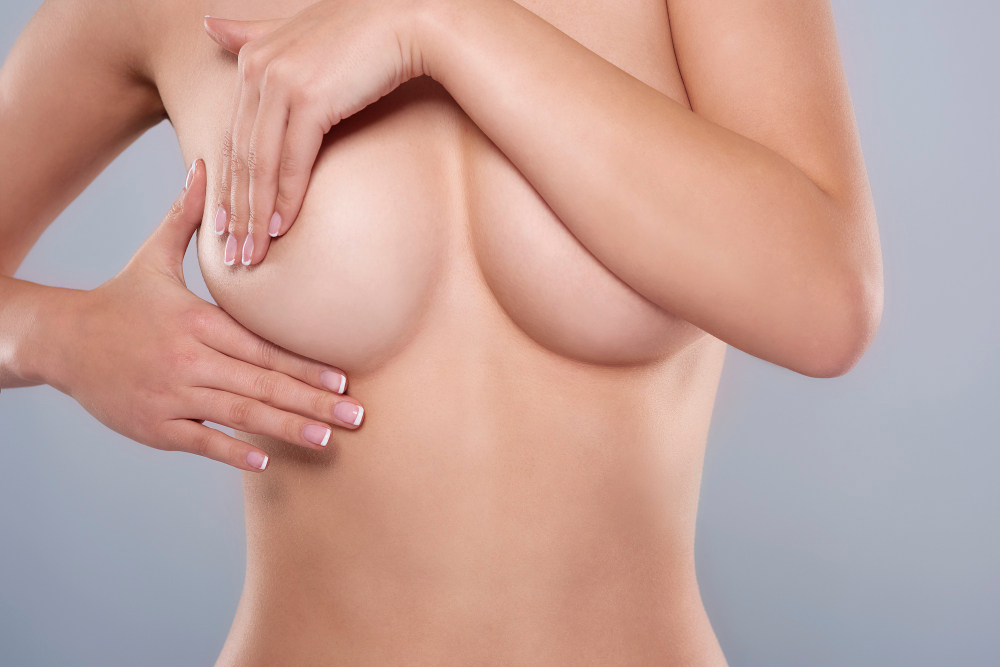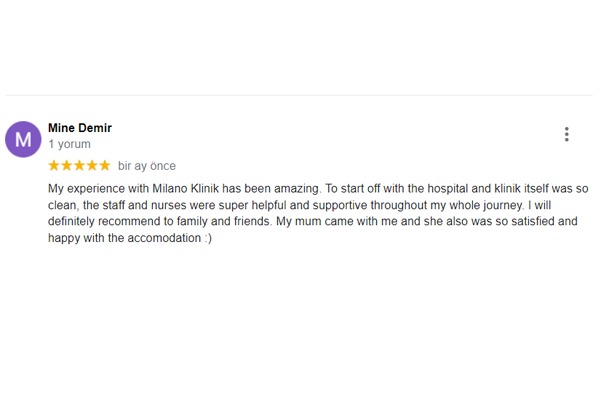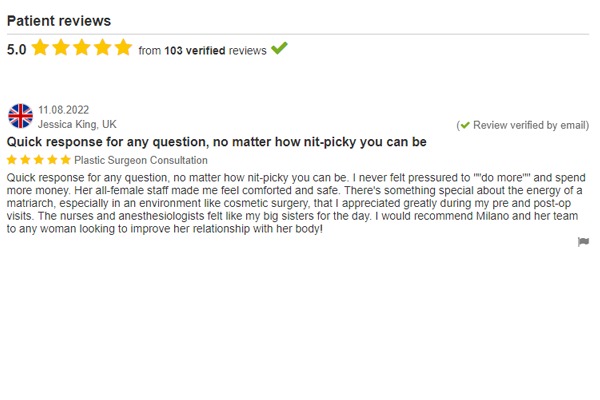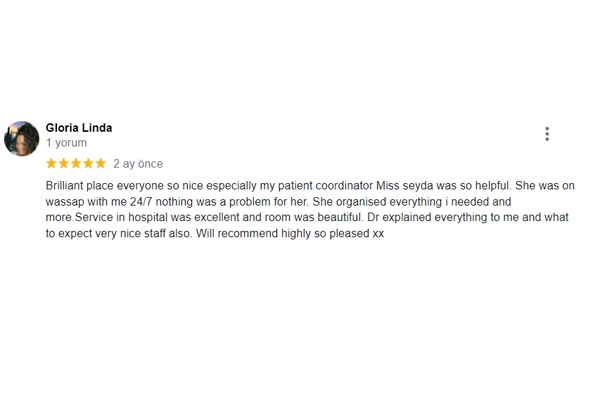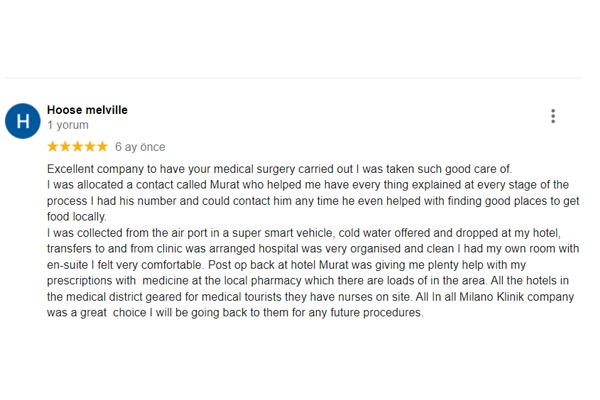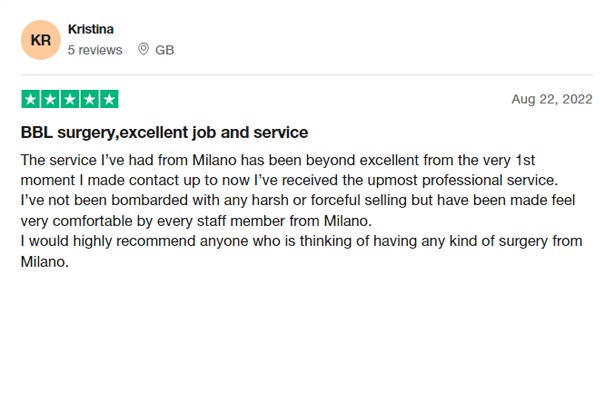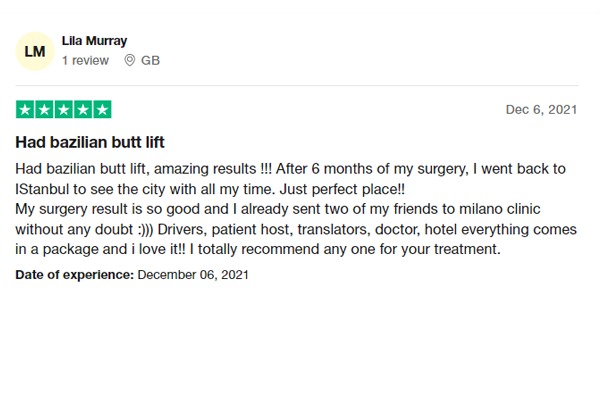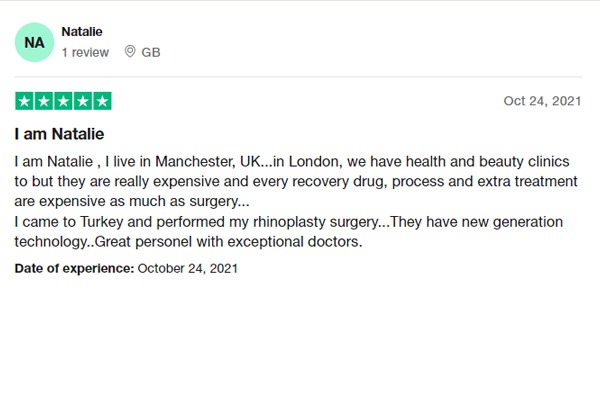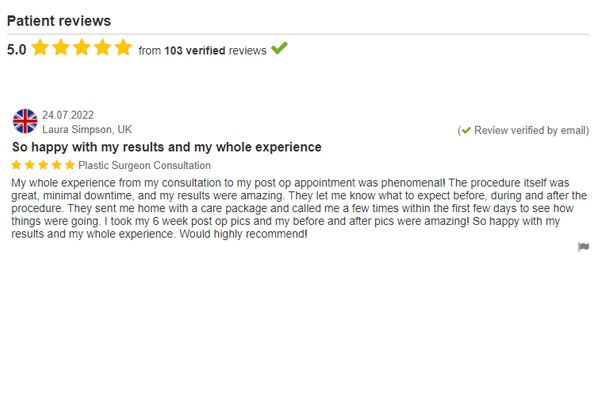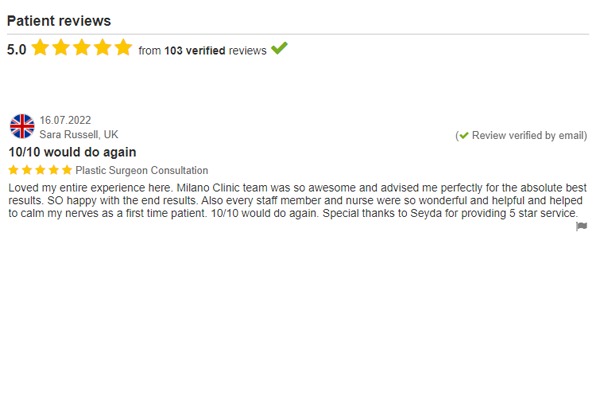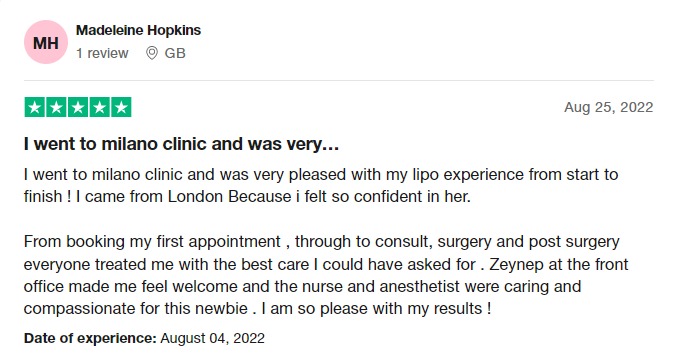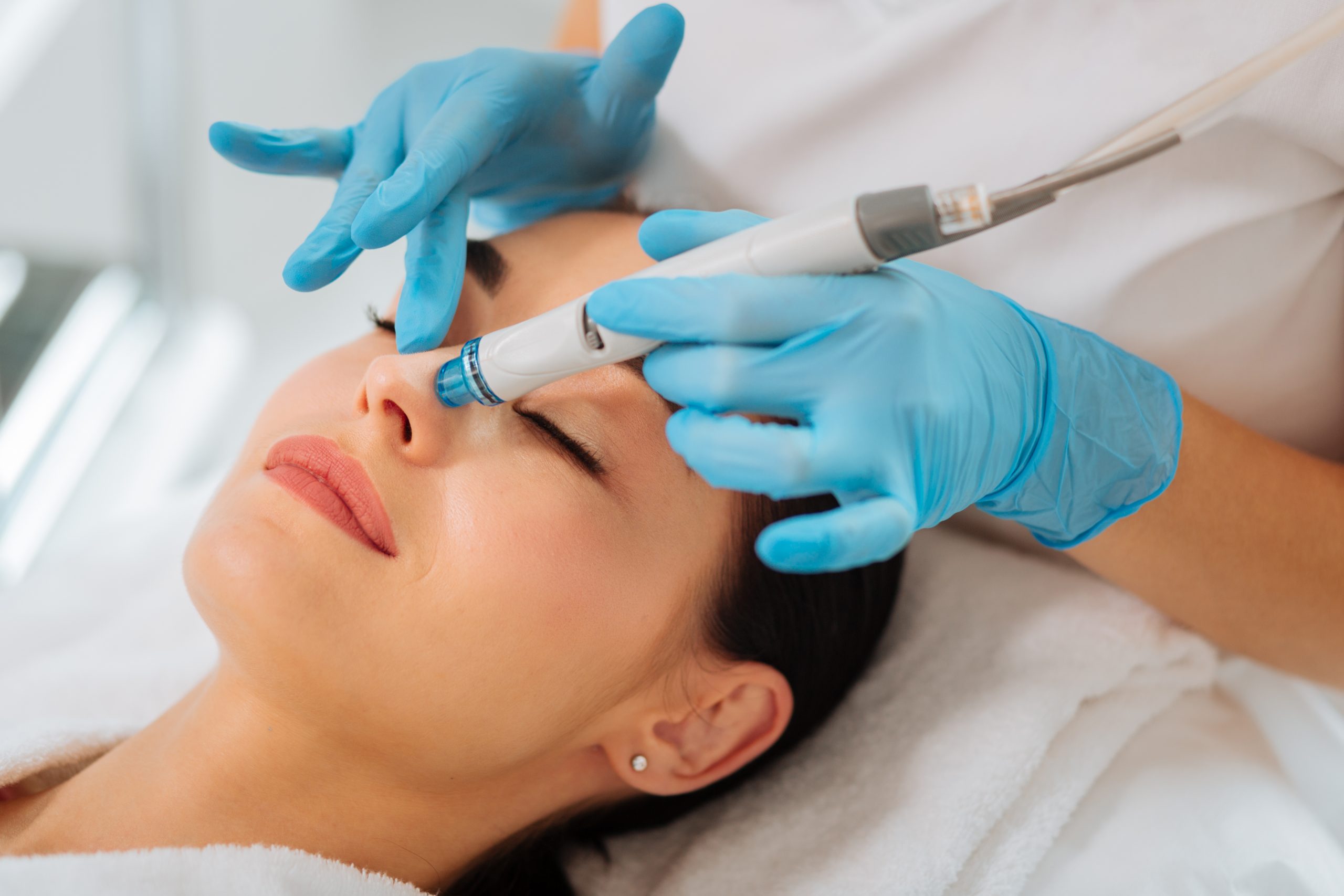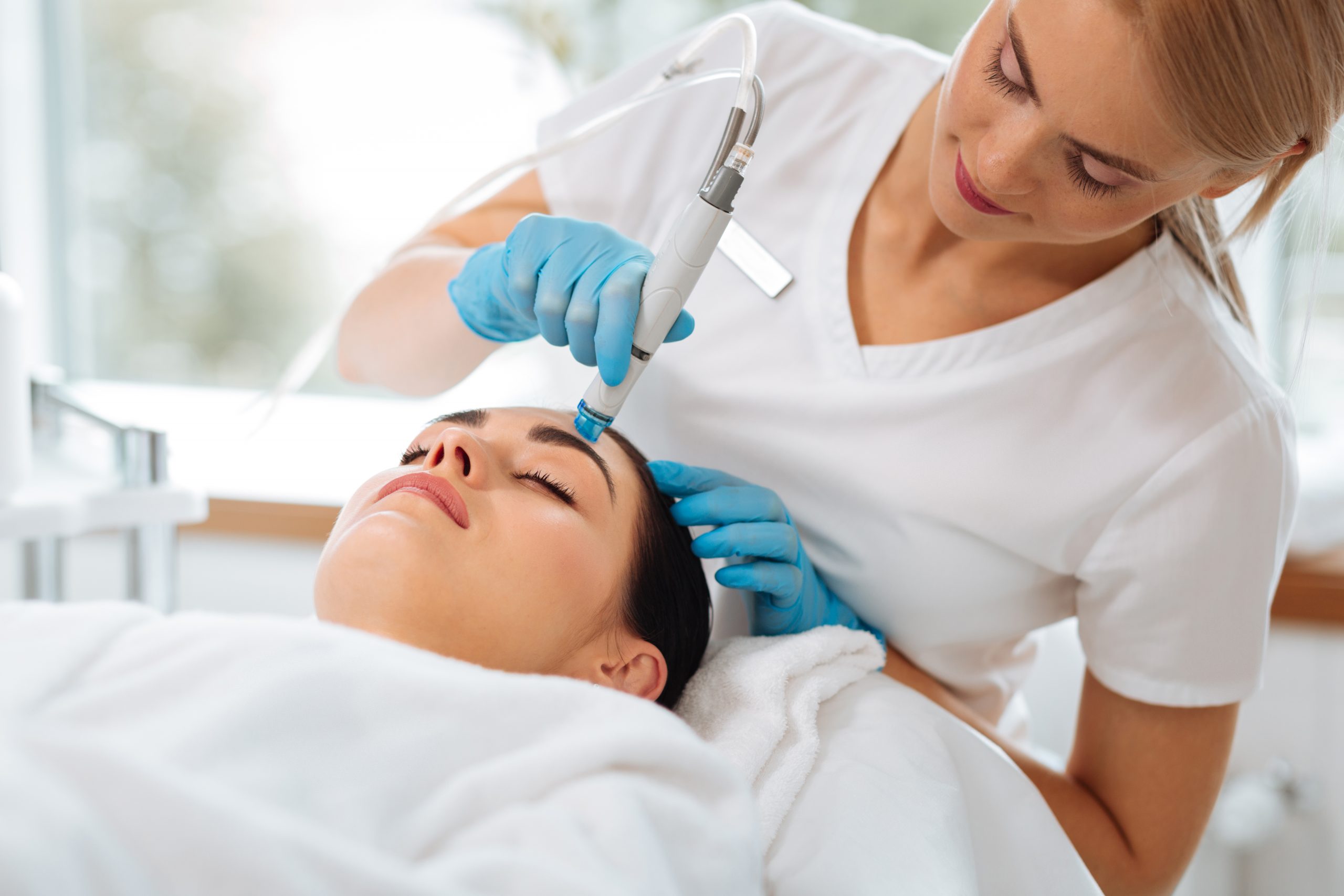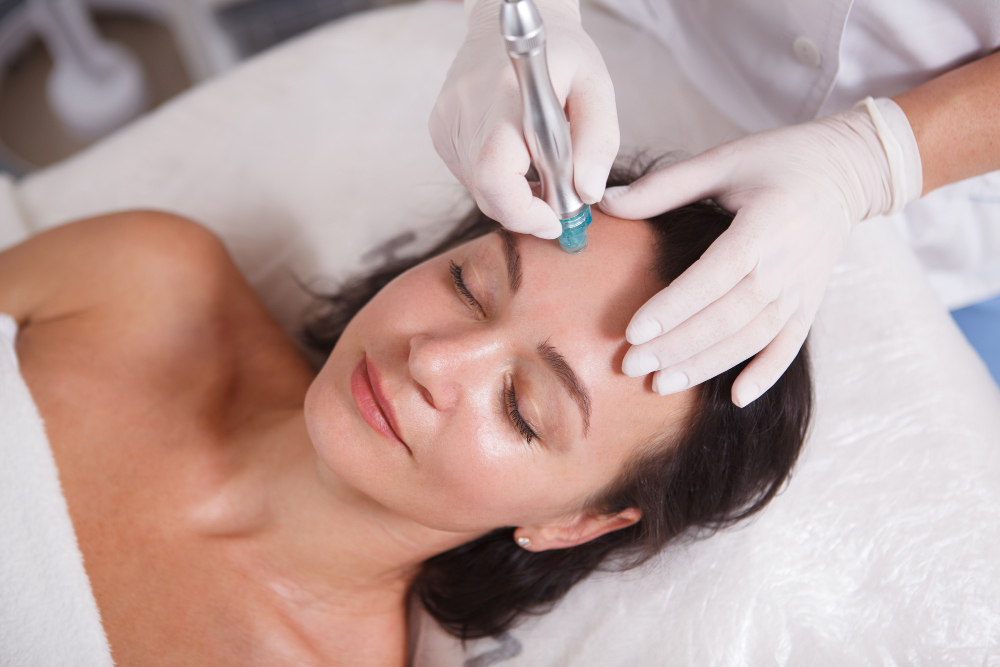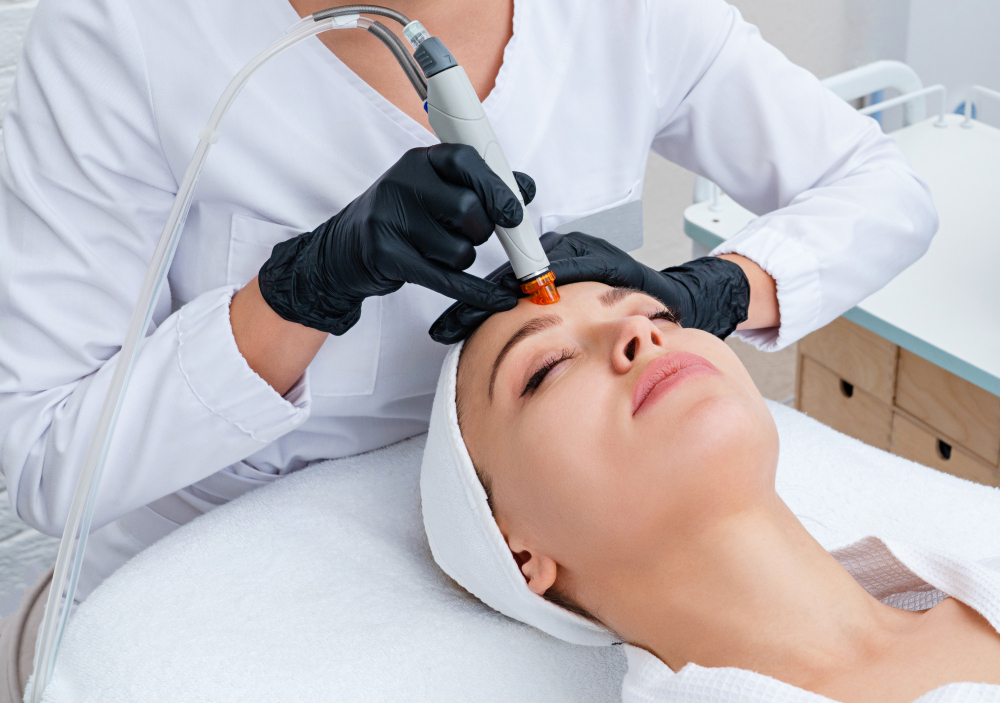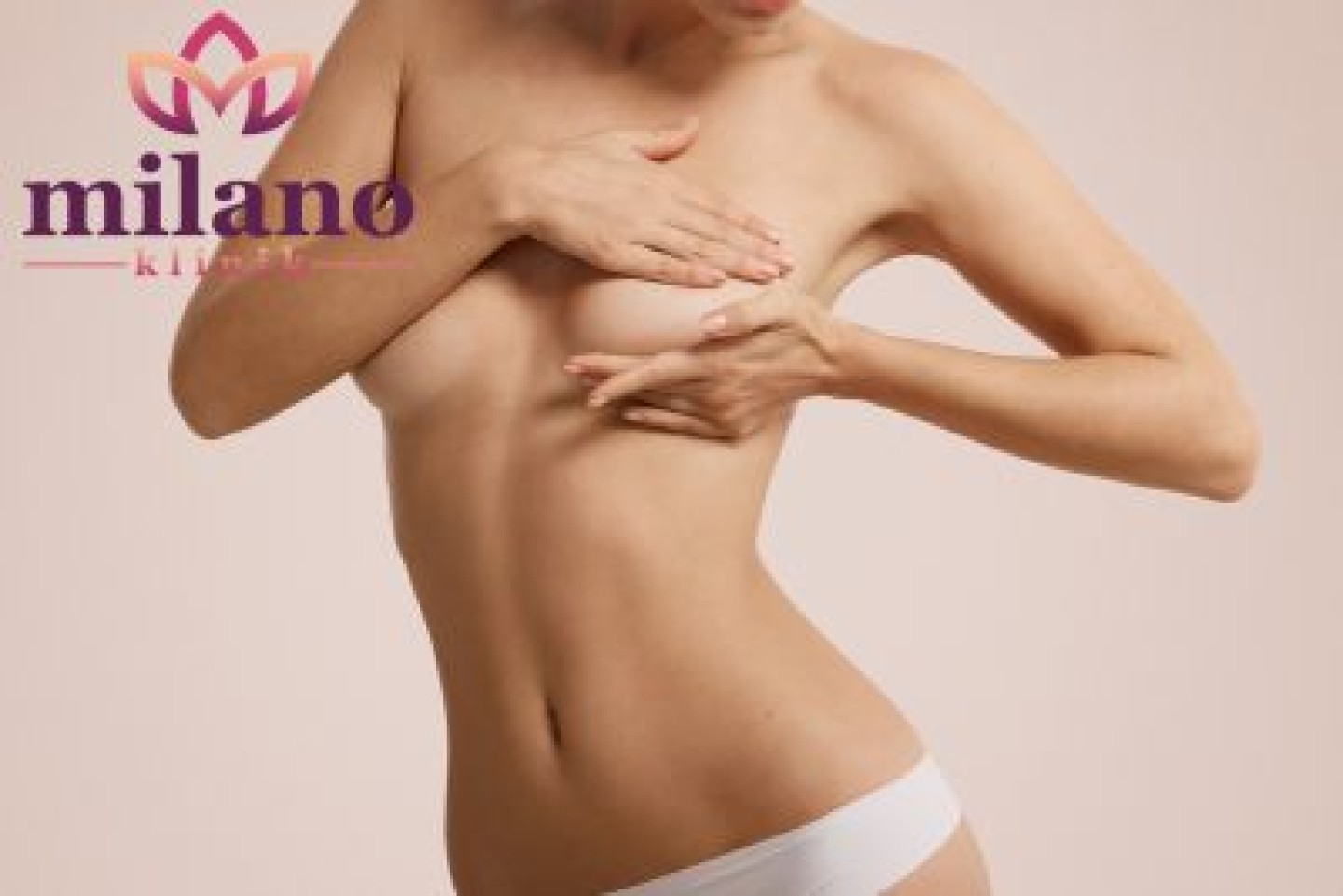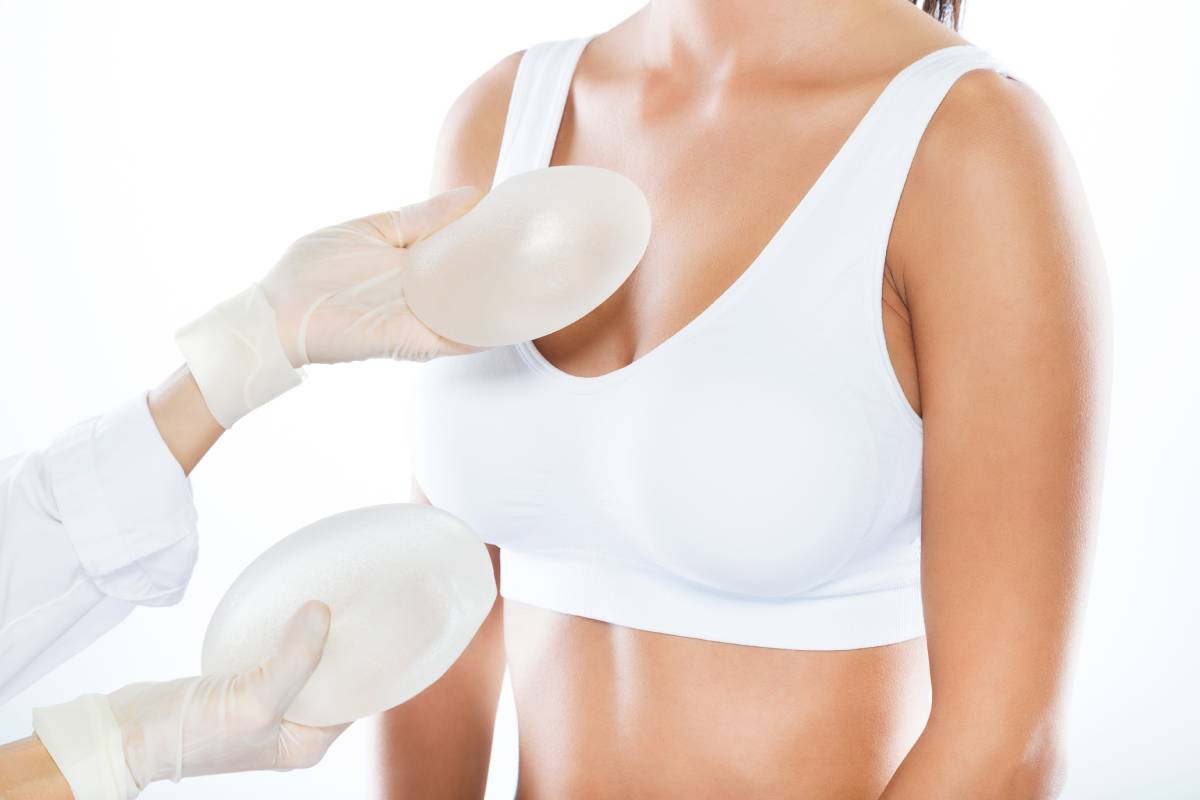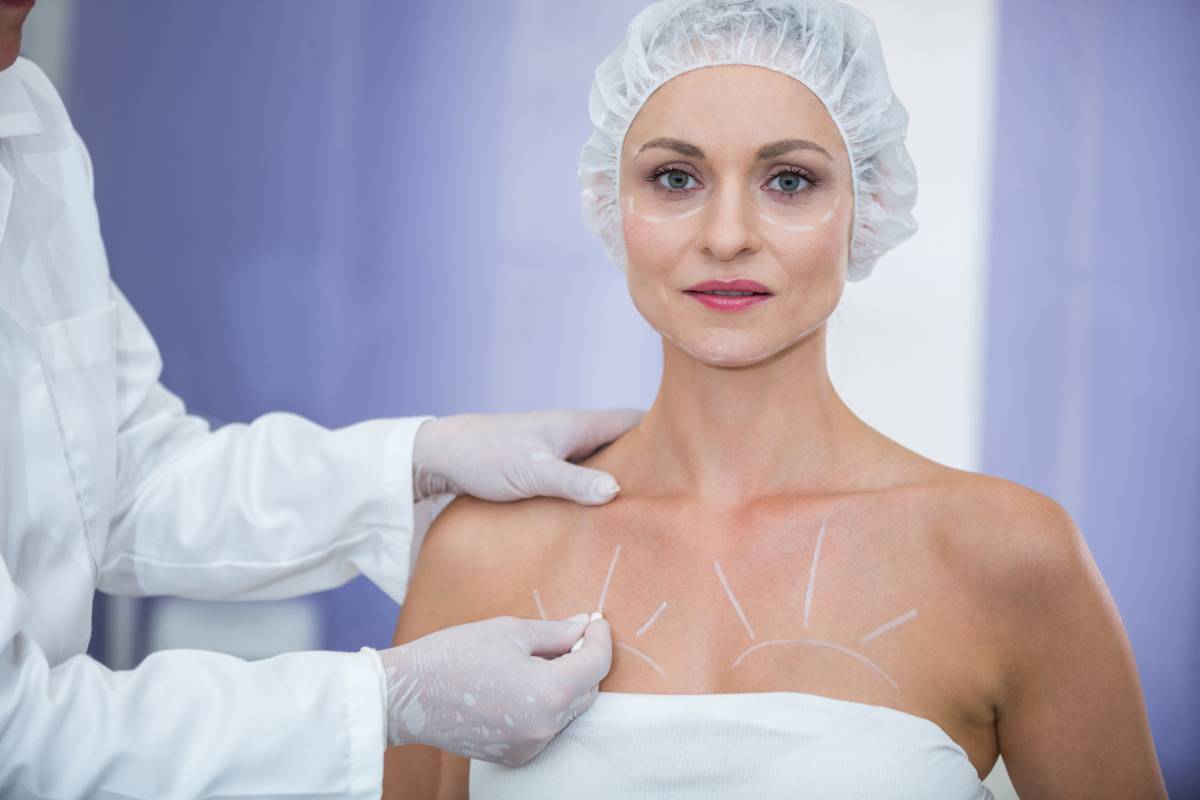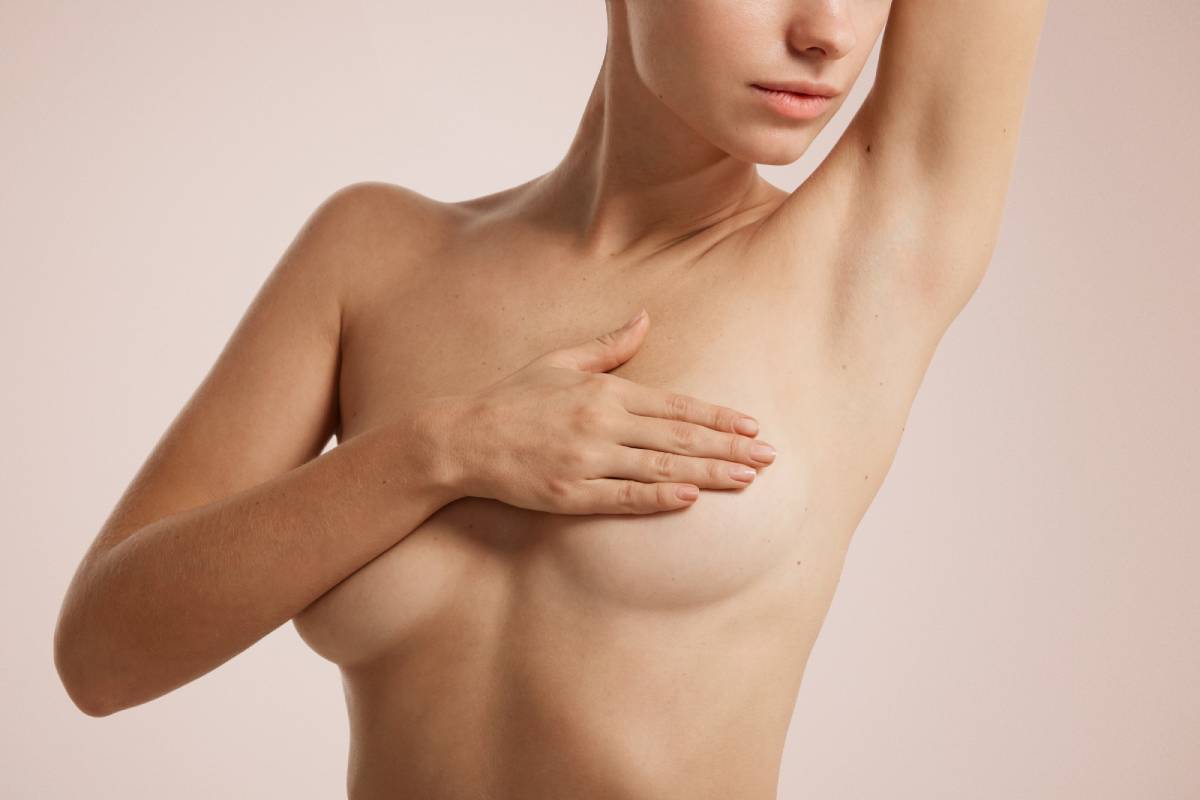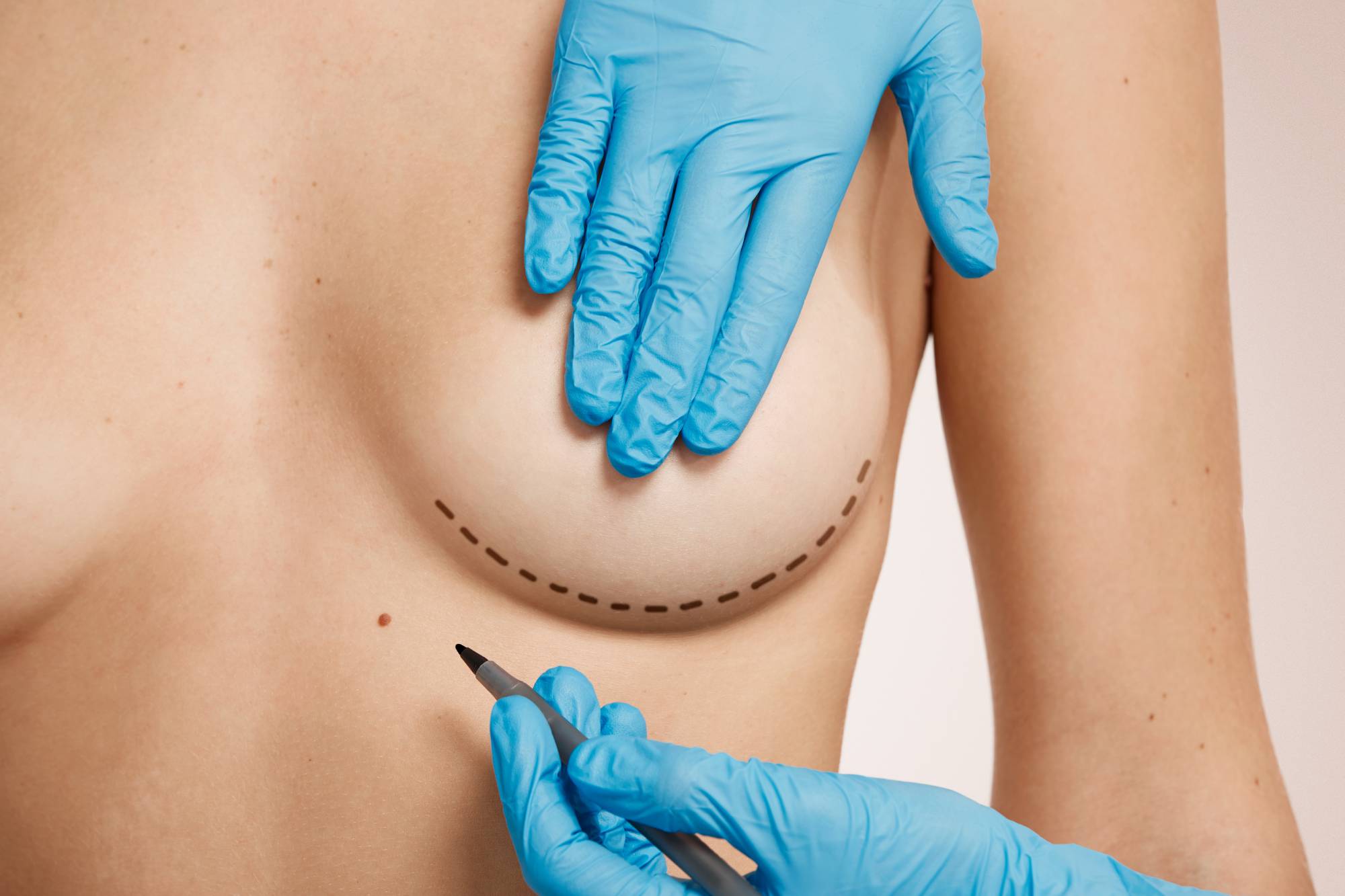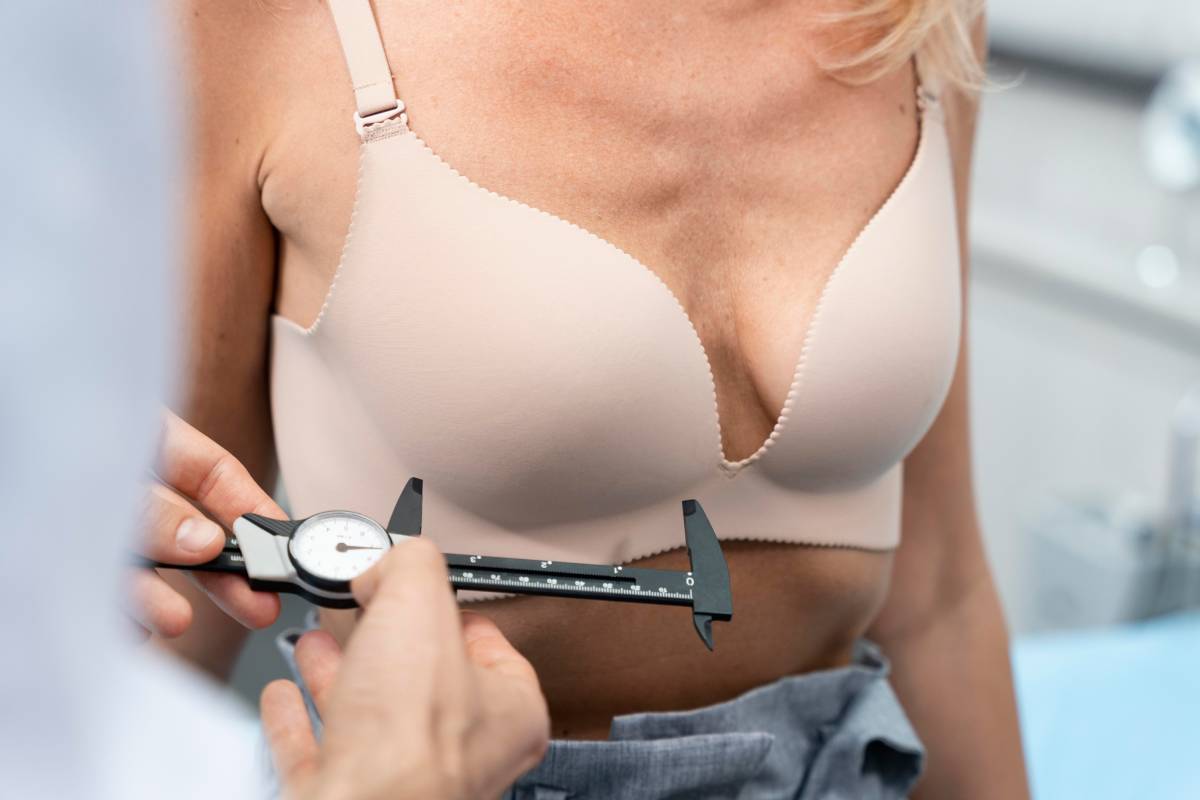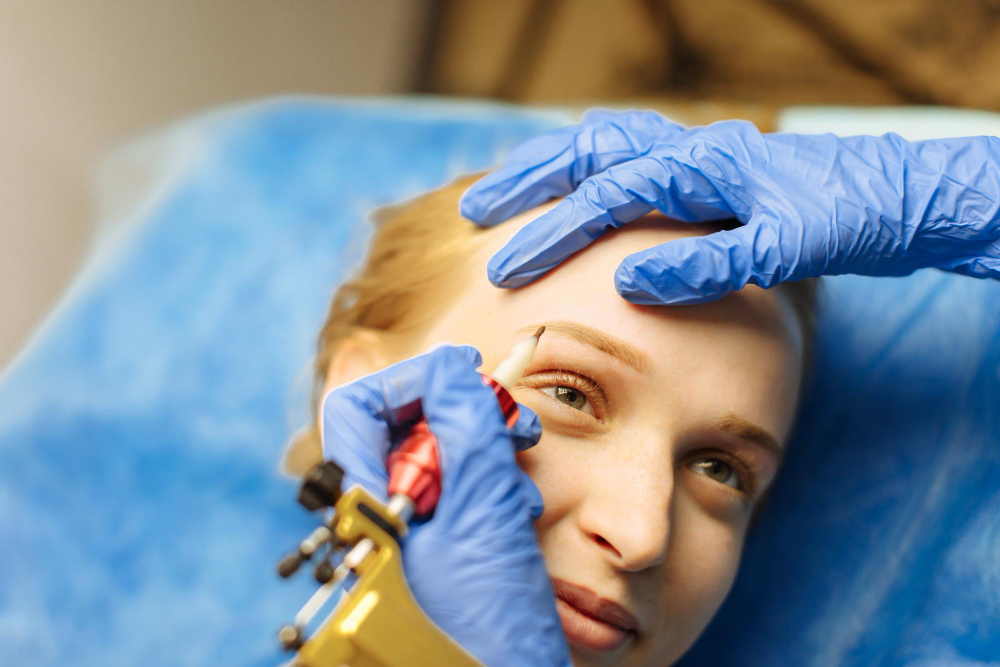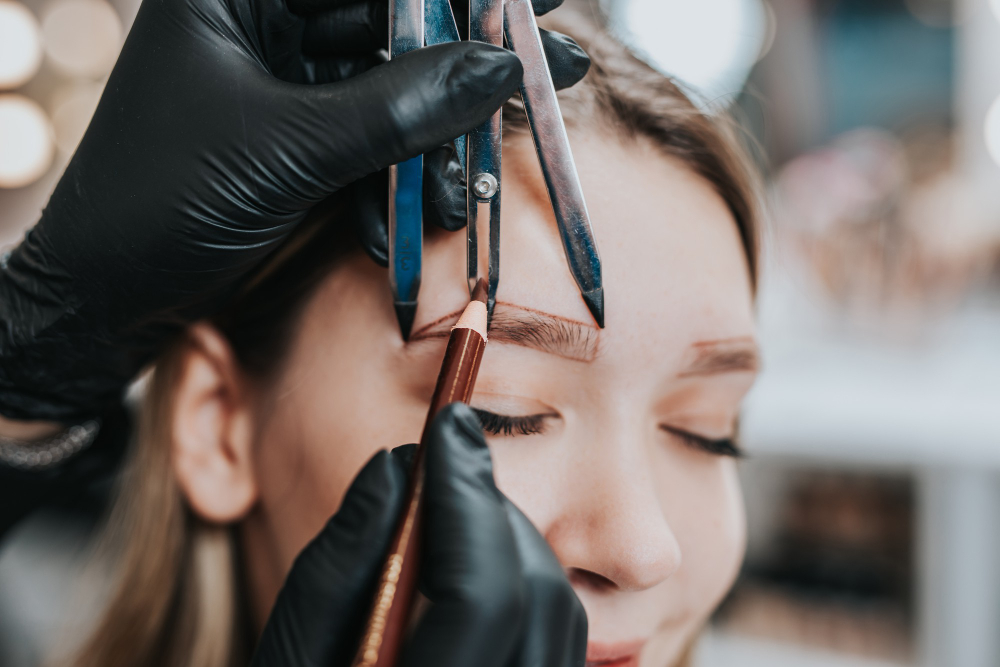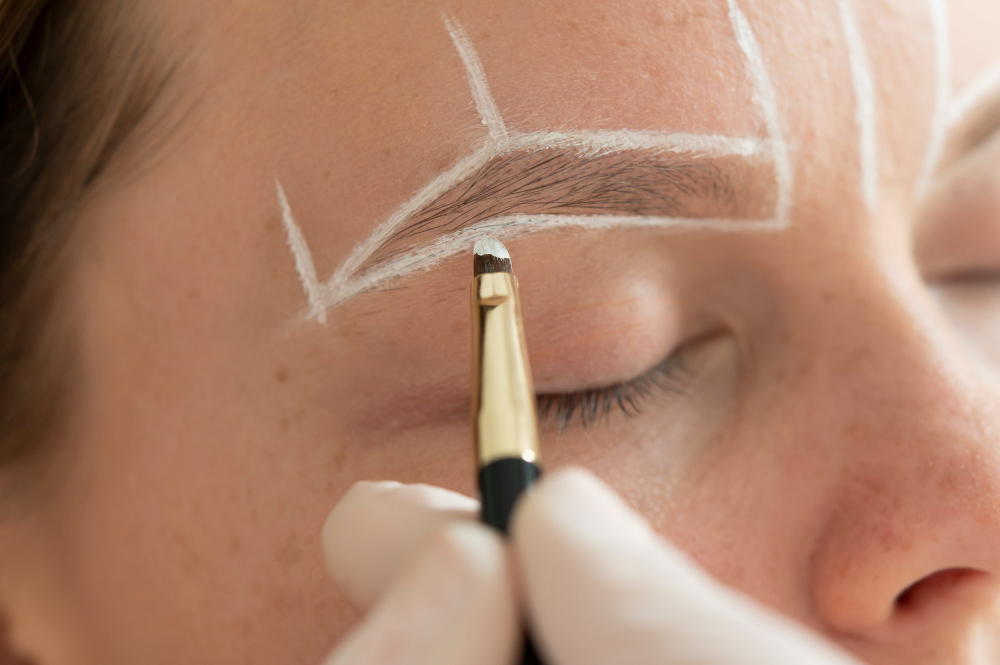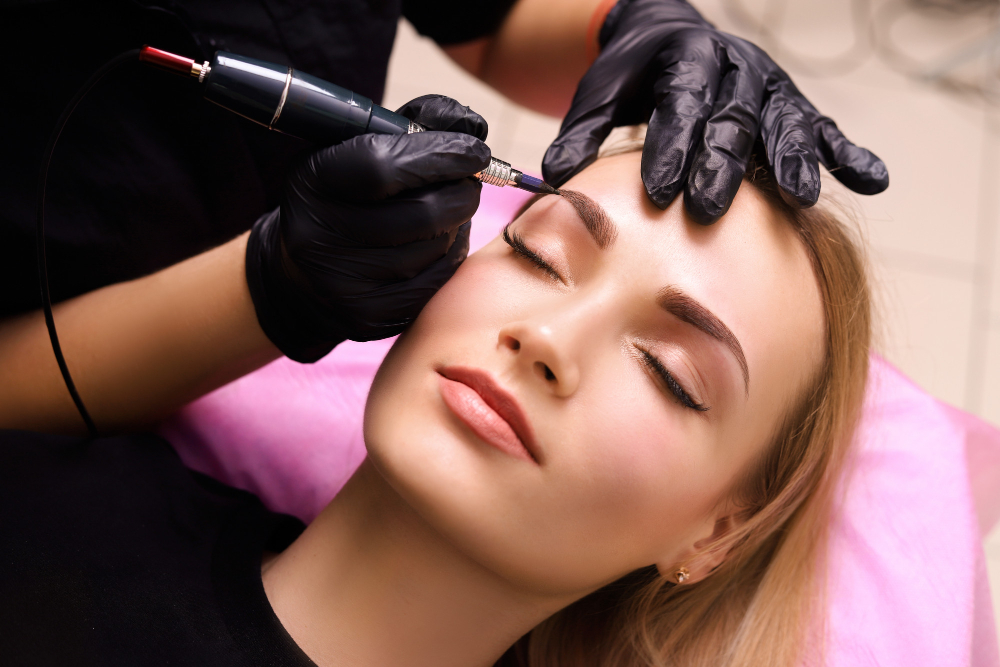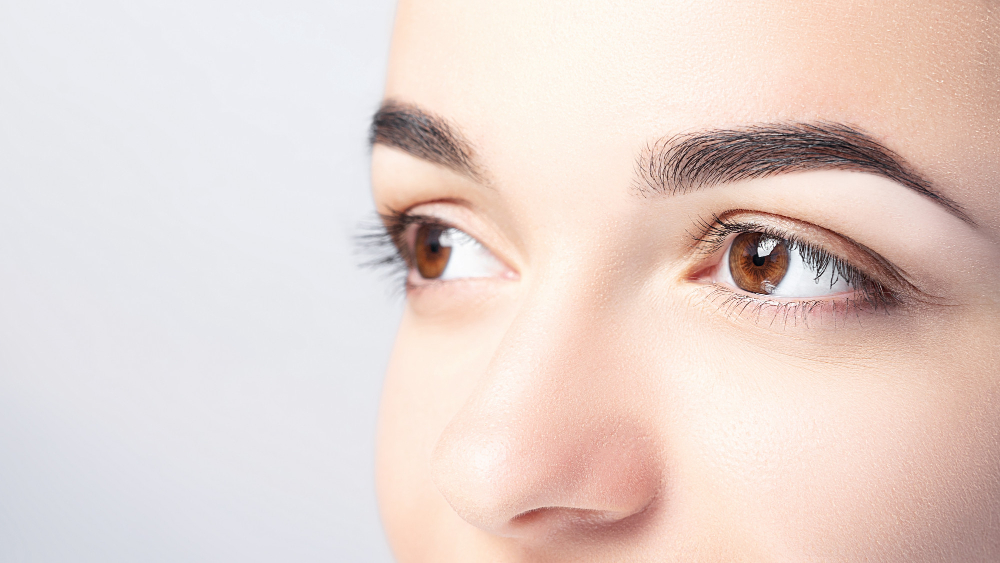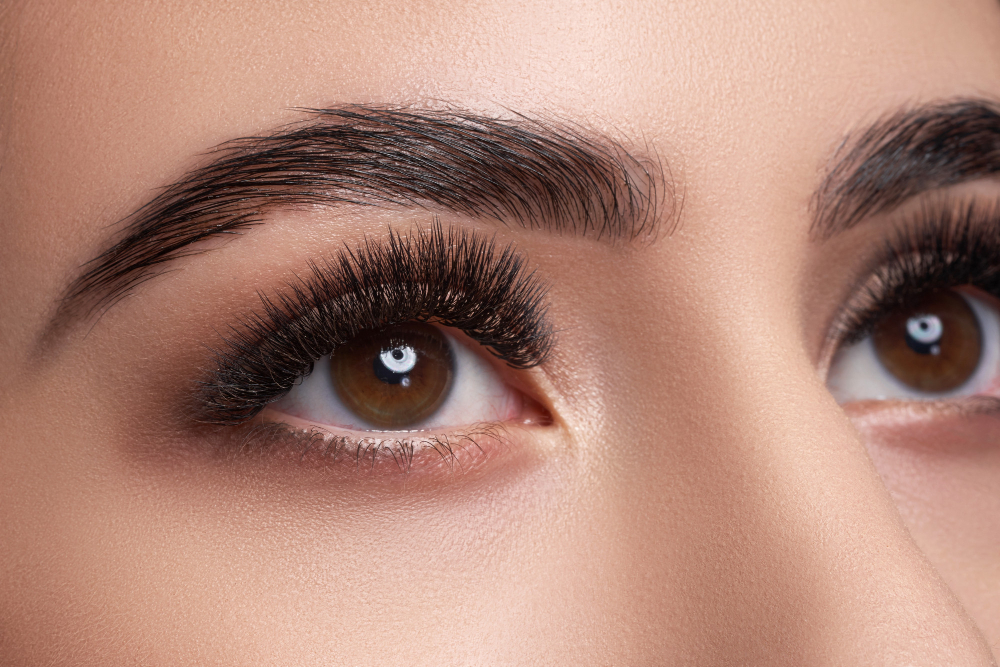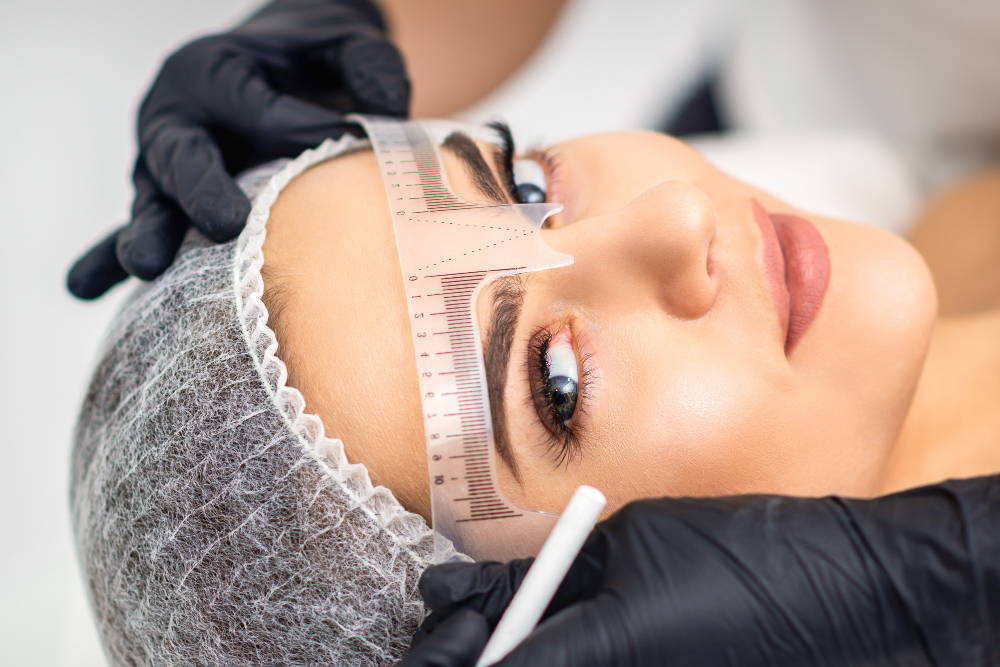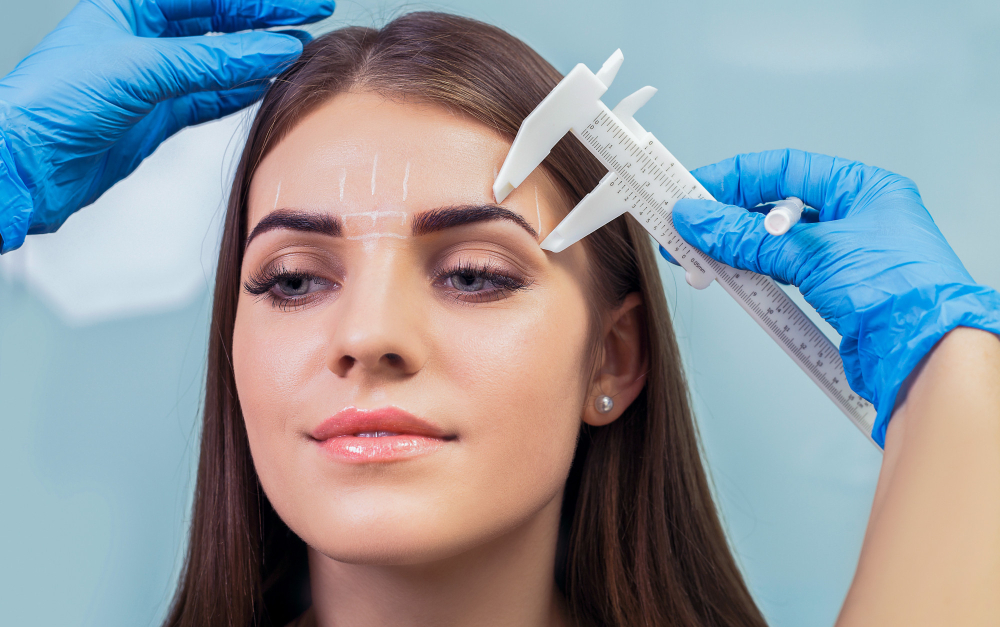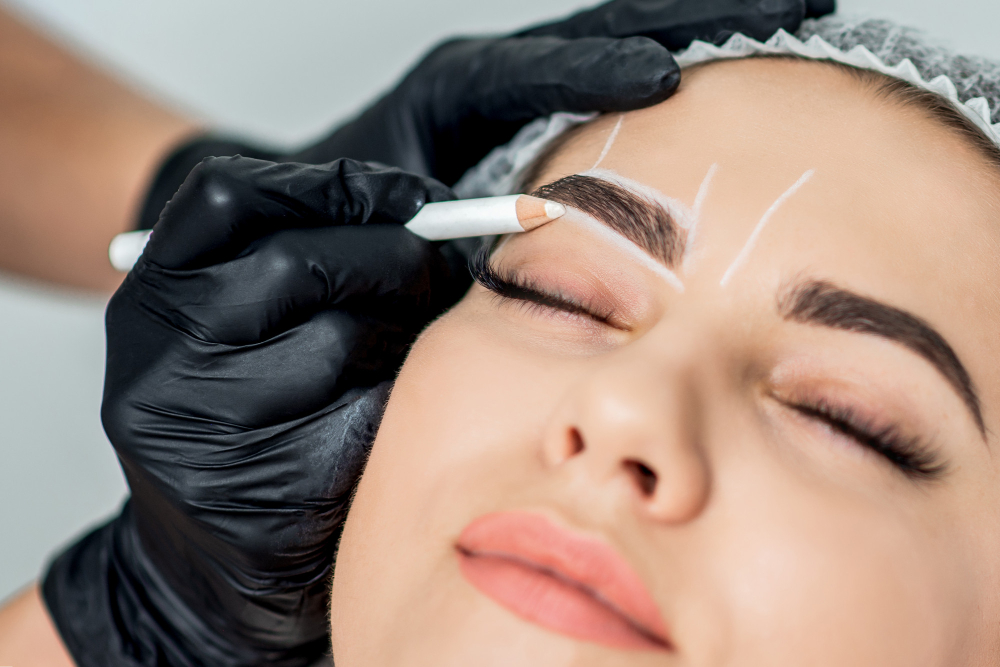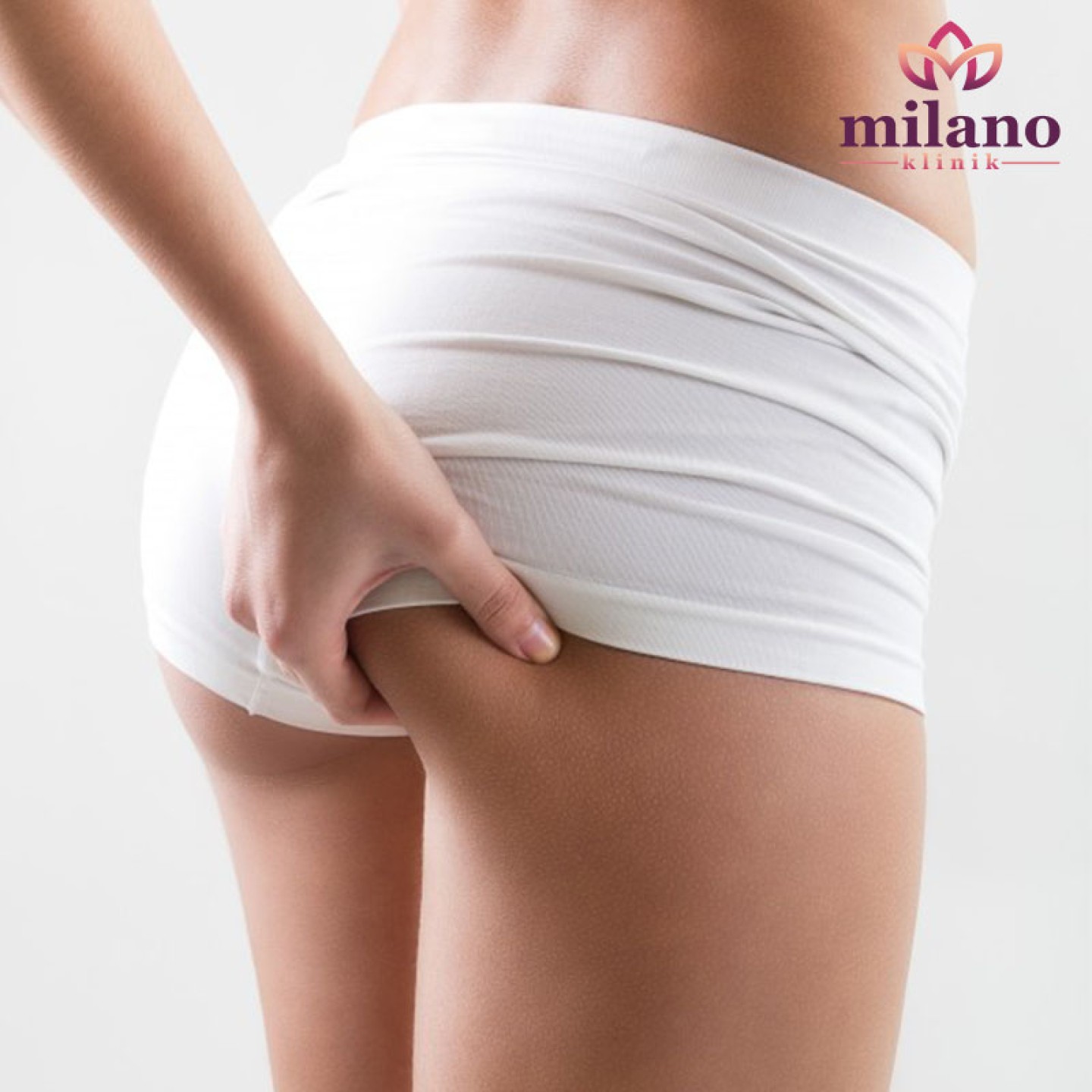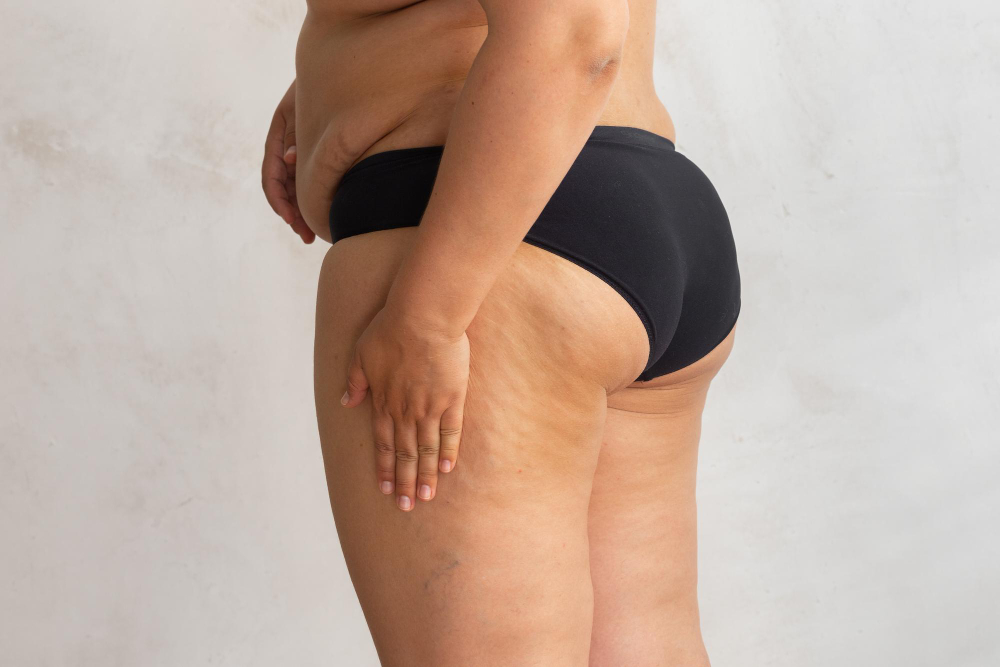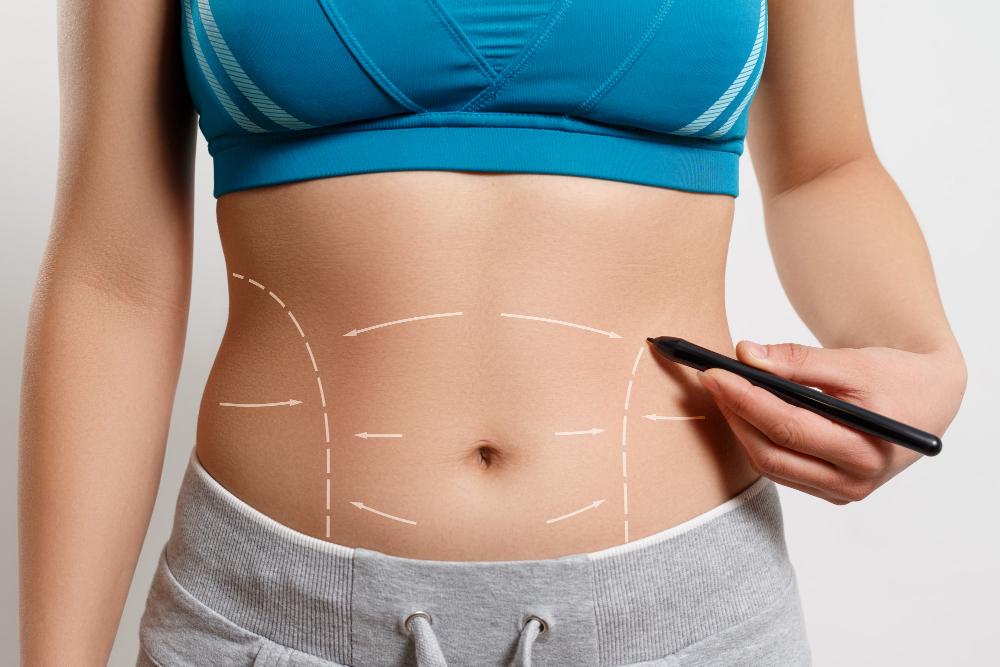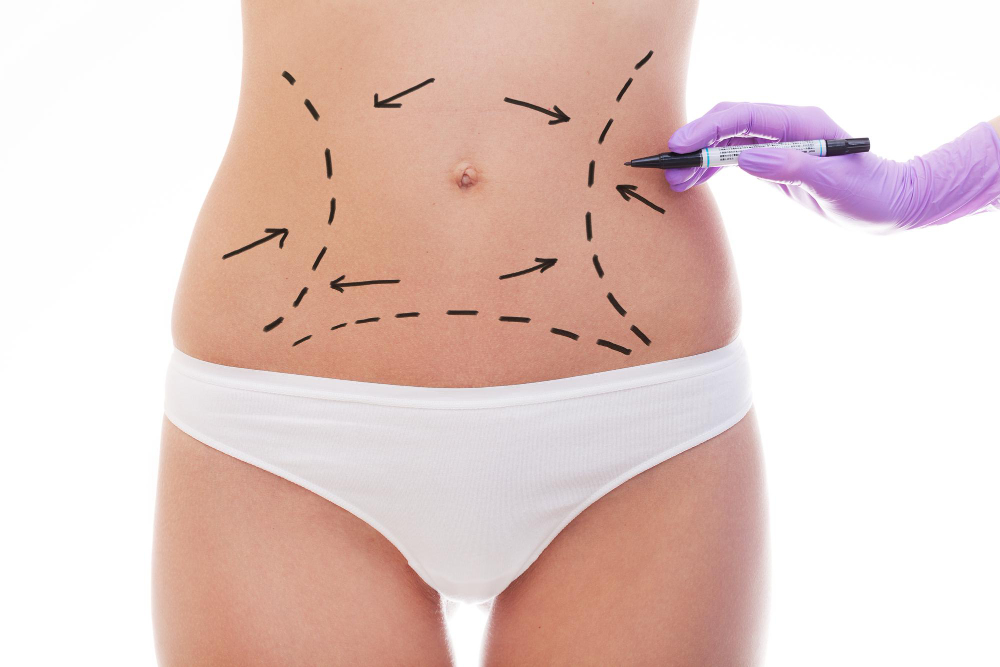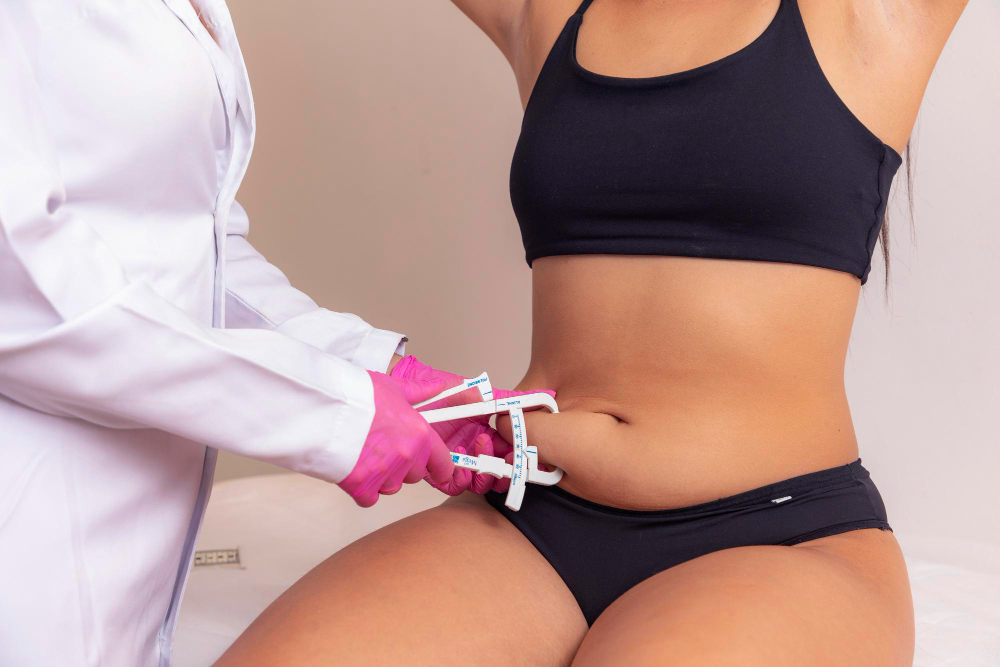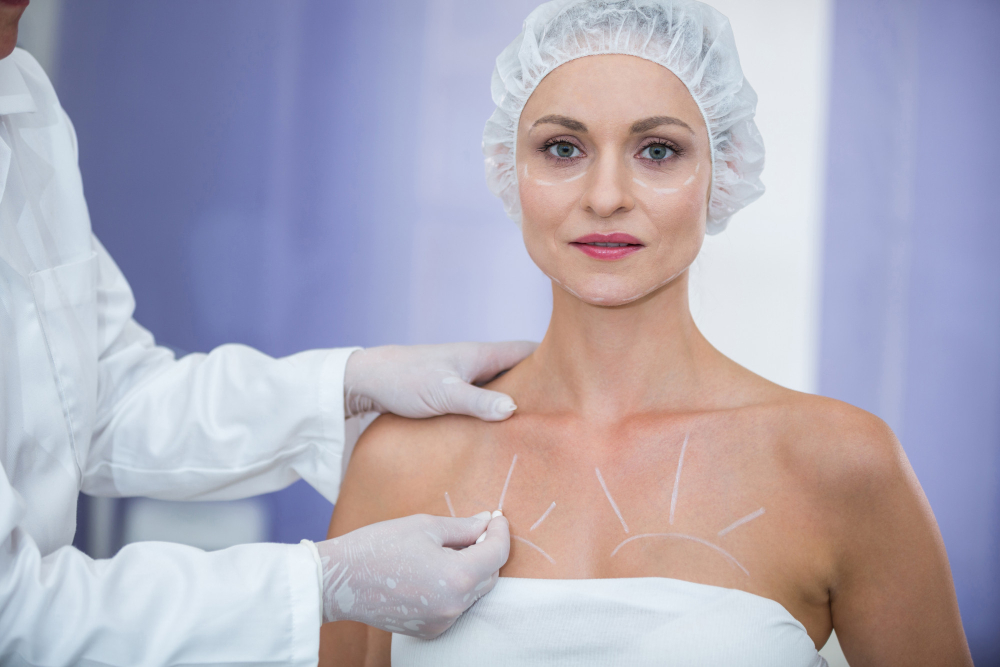NIPPLE REDUCTION IN TURKEY
Real Testimonials
MilanoKlinik Comments
NIPPLE REDUCTION IN TURKEY
Here in Milano Clinic in İstanbul, we perform nipple reduction surgery with experienced surgeons. Nipple collapse can lead to aesthetic concerns for women and cause many functional problems as well as psychological disturbance. With nipple reduction in Turkey, which provides permanent results in a short time, psychological problems can be prevented.
NIPPLE REDUCTION SURGERY CARD
| Duration of Operation | 2 Hours |
| Operation Area | Breast |
| Anesthesia Type | General |
| Pain Treshold | 1 Day |
| Start Time | Post/Op 1 |
| First Shower | 2 Days Later |
| Recovery Time | 1-2 Months |
| Re-operation Status | 1 Year Later & It’s Up To Preferences |
| Gym-Cardio | 1 Month Later |
| Suture Mark | Maybe |
| Age Limit | Up From 18 |
| Suture Type | Meltable |
| Oedema Status | Less |
| Hospitalize | 1 Night |
| Open/Close Technic | Close |
WHAT IS NIPPLE REDUCTION?
With nipple reduction surgery the projection sticking out of the nipple is reduced. As one of the women’s problems the collapsed nipple may be congenital or subsequently. Generally, even during adolescence, the breasts are noticed during development. This situation brings aesthetic, functional, and psychological problems. Due to the cleaning difficulty of the nipple, there may be problems in breastfeeding as well as infection problems.
Nipple collapse can be solved with a quick nipple reduction operation. This treatment method can be used in order to prevent psychological and sexual problems.
COST OF NIPPLE REDUCTION
Prices vary for the nipple reduction surgery depending on the specifics of each operation. The examples of possible variants go as surgeons and anesthetics experience, hospital costs, surgical techniques, and after-care and follow-up appointments. Contact us to learn more about the prices.

